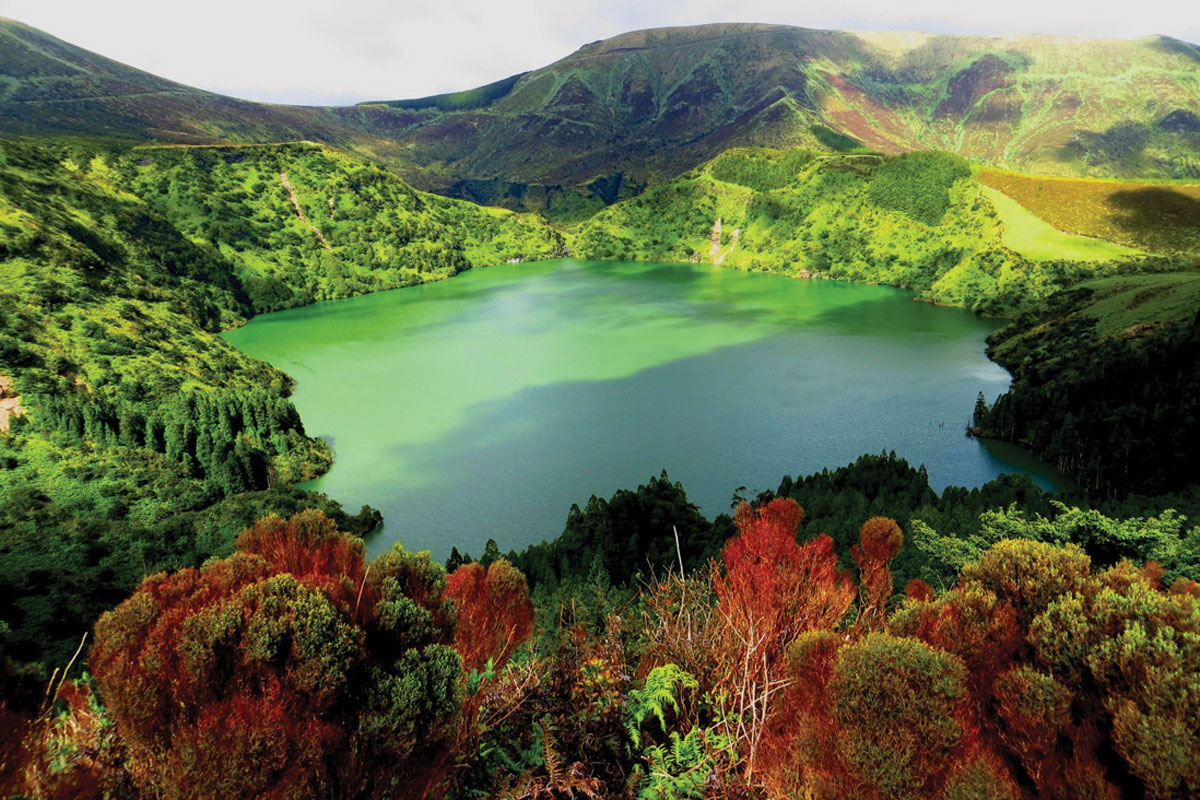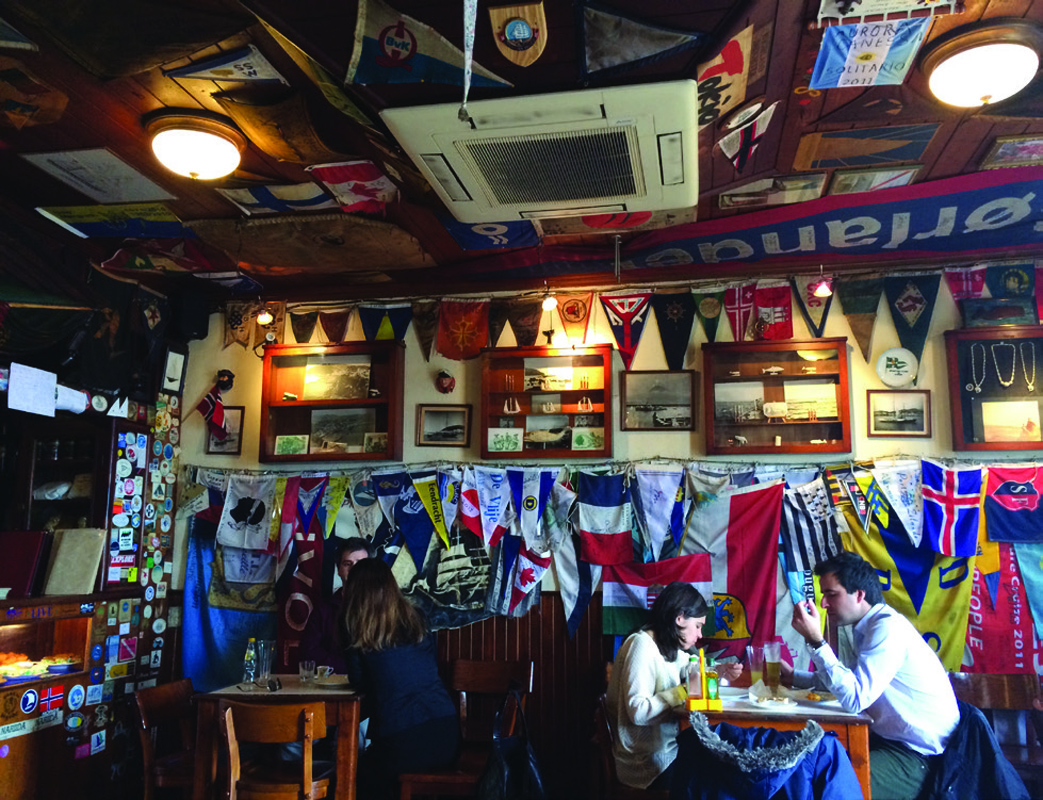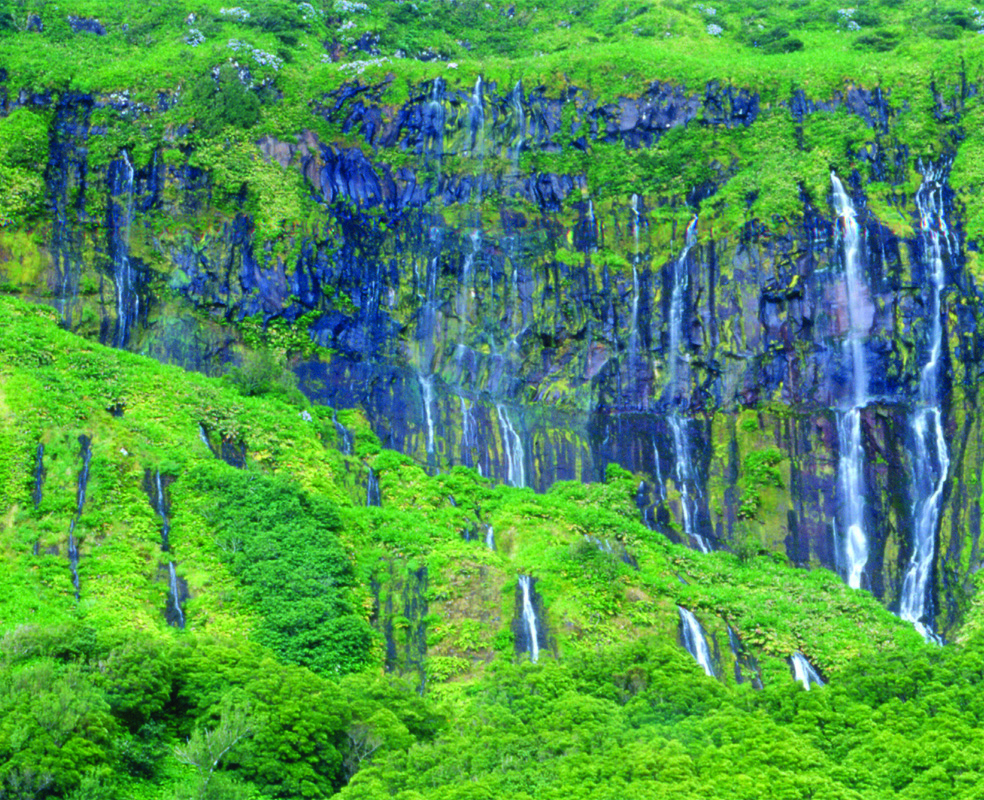THE AZORES

These islands truly epitomise the ethos of a ‘hidden gem’ – ultra beautiful, not that easily accessible and miles from anywhere in the middle of the North Atlantic Ocean. But, honestly, if you decide to make the trip, it’s more than worth it.
The Azores comprises not one but nine destinations as, though there are many similarities, each island boasts its own unique character and a wide range of things to do and see. They are an autonomous region of Portugal, which you will most likely fly through on your journey.
For those who are into wildlife, they are on the North Atlantic Migratory Route for many whale species and whale watching trips are widely available with strict regulations set regarding distance and not disturbing the animals. Migratory birds are also a common sight and there is an amazing range of hiking and outdoor sporting activities across the islands where you will be exposed to plenty of nature. Waterfalls are everywhere, many of them hiding thermal pools for year-round bathing underneath, and the Atlantic waves make for great surfing.
Most travellers choose to visit more than one island. Trips can be made by plane but, for the intrepid, we recommend hopping onto one of the interisland boat services. However, remember where you are, you might be in for a bumpy ride, even in summer. To help you pick your spot, here are some of our favourites.
Faial
Sometimes known as the Blue Island for its abundance of hydrangeas, you will spot the distinctive pom poms of these showy flowers all over Faial, particularly along the roadsides where they reflect the colour of the sky on sunny days and brighten the landscape when the weather is not so forgiving. Visitors will be drawn to the black sand beaches of Praia de Almoxarife, Conceição and Porto Pim, as well as the rock pools scattered along the coast. Check out Varadouro, which is known for its warmer waters, micro-climate, summer cottages and complicated salt-water pools open to the ocean.
Faial is also hugely popular with the international sailing crowd who for more than 100 years have congregated at the famous Peter Café Sport where you will find a warm welcome and walls bedecked with flags, lanyards and bunting gathered over the years. Also, no visit would be complete without a trip to the Caldeira do Faial, a huge volcanic crater, more than 1,000 metres high and blessed with an amazing ecosystem and steps all the way down to the bottom – but don’t forget you’ll have to climb back up.

Flores
Said to be the prettiest of the islands, Flores is named for the profusion of flowers that grace its landscape, many seeds having found their way here via birds on a migratory journey from Florida. Being a long way west in the chain means the weather on Flores is often wetter and windier than the other islands but, the rain often leaves behind a giant rainbow across the land, which is really quite something to see. It’s also a ‘must visit’ for orchid lovers though you will need to hop on a boat to, Corvo, the nearest island, to see the world’s rarest flower.
The mostly deserted interior is a paradise for walkers, cyclists and horse riders; you will rarely see another soul. Make sure to take in the Ribeira Grande Wateralls, a series 20 falls closely grouped together with a bathing pool beneath.
And Flores is particularly popular for the many festivals that take place throughout the year (Covid allowing), many featuring vast swathes of blooms and much religious dedication.
Pico
Most notable for its volcano, Ponta da Pico, which is the highest mountain in Portugal and clearly visible from its neighbour, Faial. Pico has fertile black earth, which has led to the cultivation of its UNESCO-recognised vineyards.

The island is serious about sustainable tourism and has received the QualityCoast Gold Award for its efforts, so you can visit with a clear conscience (apart from the long plane journeys, obvoiusly). While you’re there make sure to taste the local grape along with some Queijo do Pico, a cheese that is only made on the island and has a strong, salty flavour with an intense aroma. It’s utterly delicious if you like a strong cheese and a great tasting experience since you’re at the heart of the Denomination of Protected Origin which this product has enjoyed since 1996.

Go underground into the lava tunnel at Gruta das Torres or grab a guide and head for the many volcanic caves. Or enjoy the very fresh air on the hiking trails, boat tours and fishing.
While in the Azores, seek out the island speciality of Cozido das Furnas. It’s a stew buried in a pot underground for several hours and cooked by the heat from the volcanic rock. It takes patience but, boy is it tasty, not to mention the bragging rights because most of your friends will never have heard of it, let alone tried it.






























